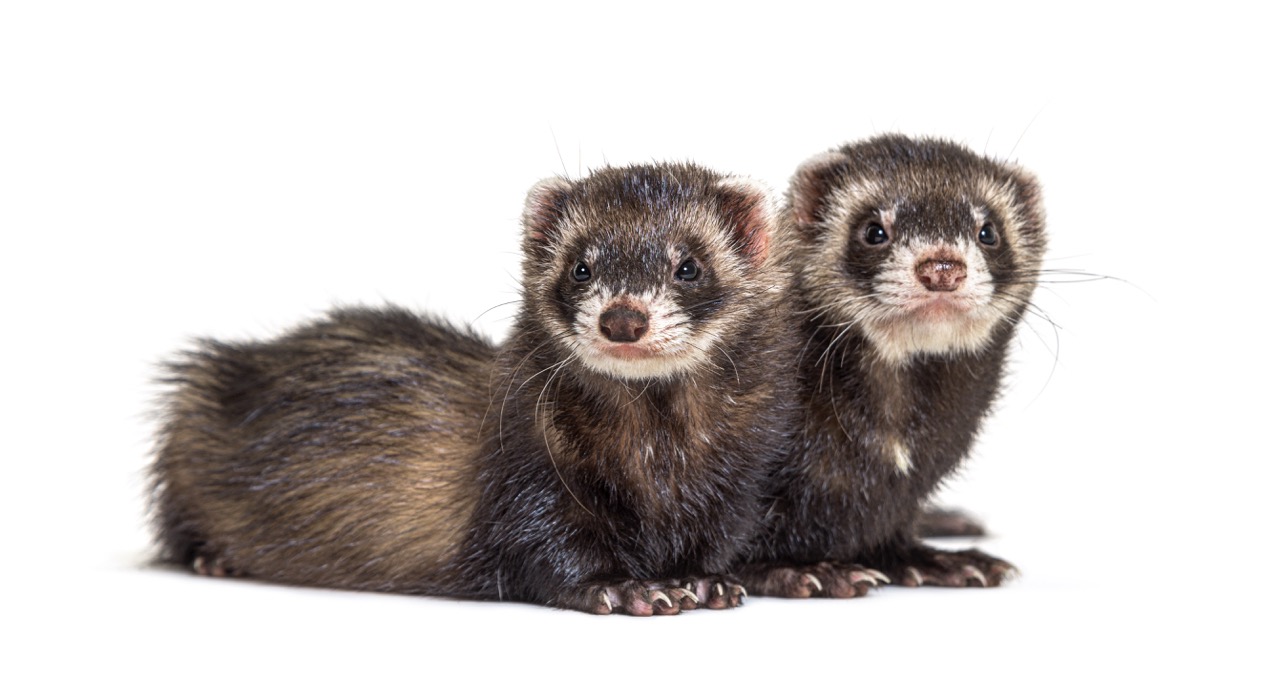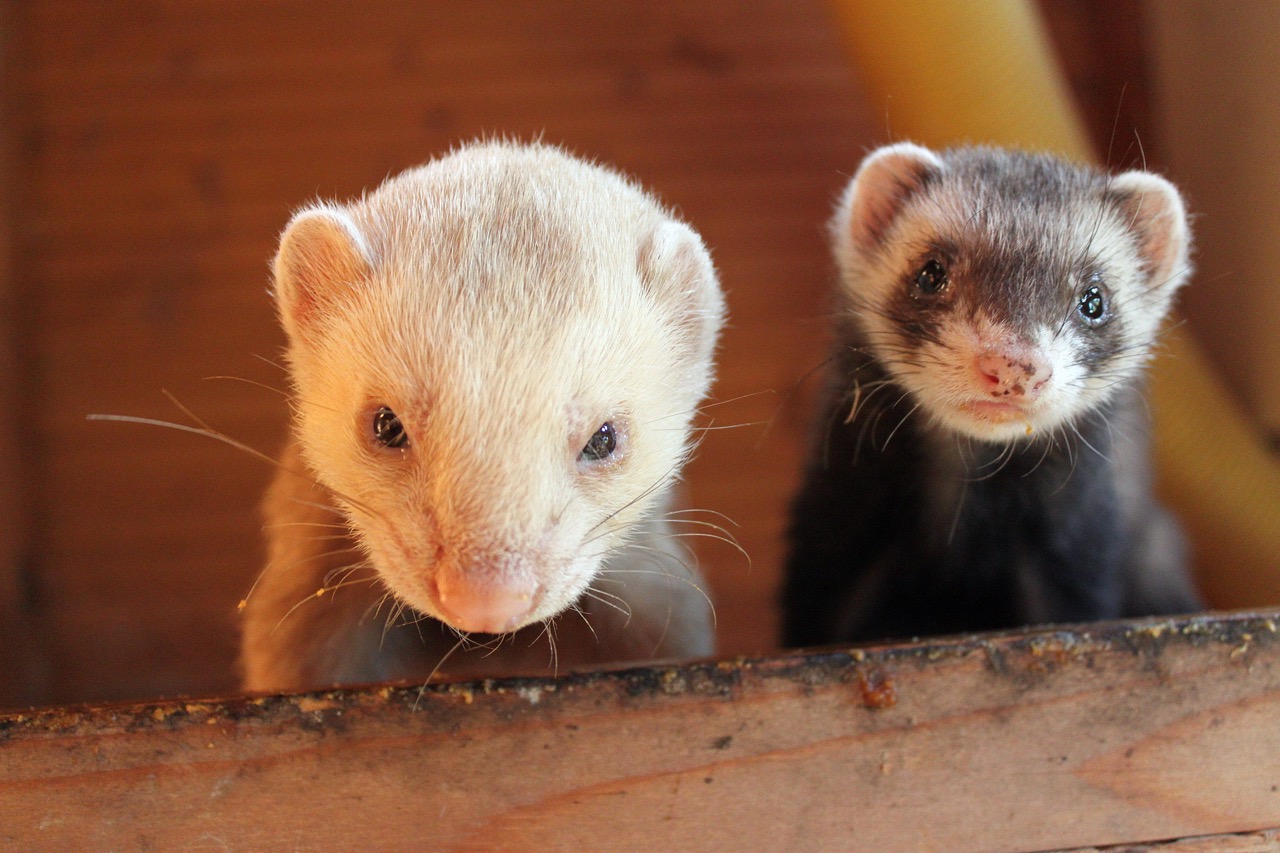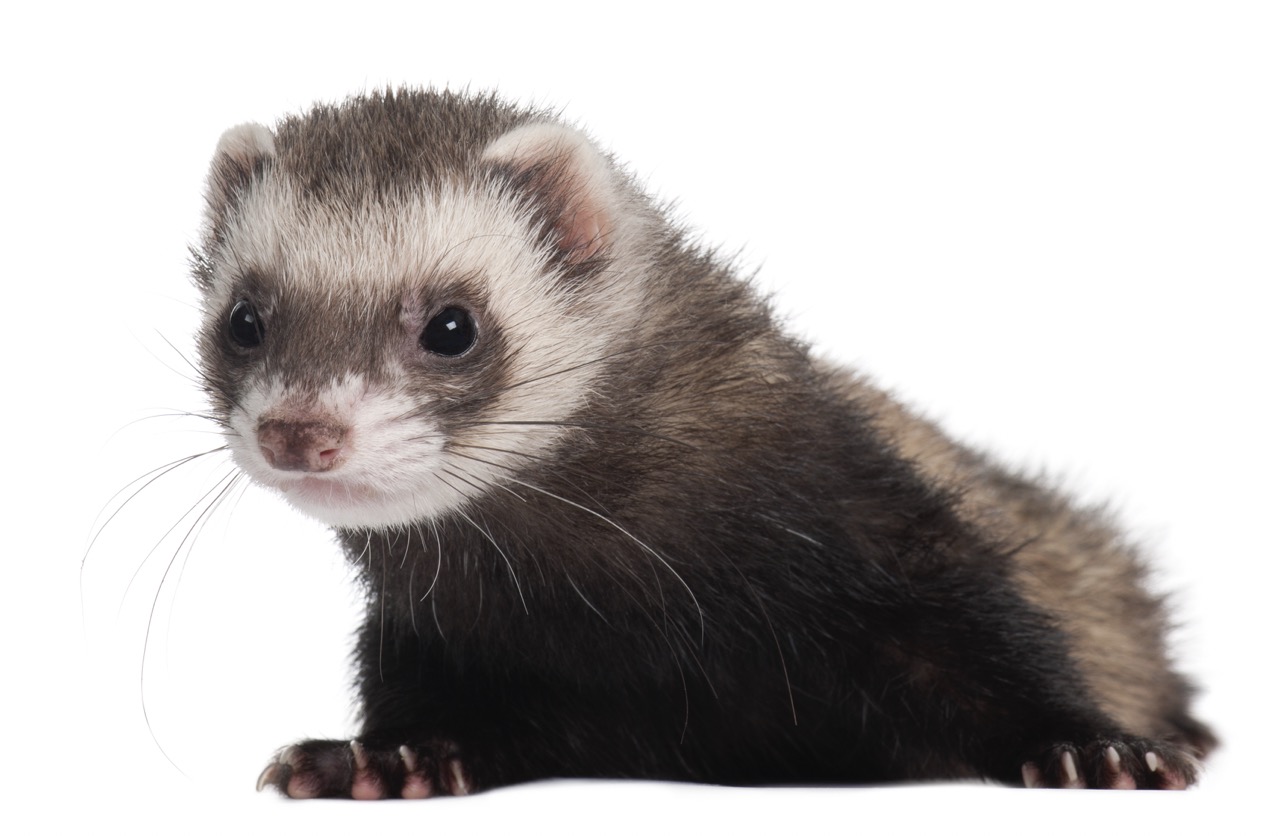Transitioning your ferret to a new cage can be a daunting task, both for you and your beloved pet. Ferrets are creatures of habit, and any change in their environment can lead to stress or anxiety. To ensure that your ferret adapts smoothly to their new surroundings, it is crucial to understand their needs and prepare adequately for the transition. This article will guide you through the process of transitioning your ferret to a new cage without causing undue stress, from understanding their needs to monitoring their adjustment.
Understanding Your Ferret’s Needs for a Smooth Transition
Before embarking on the transition, it’s essential to recognize the specific needs of your ferret. Ferrets are social and intelligent animals that thrive in environments where they feel safe and secure. When a ferret is placed in a new cage, it is vital to replicate familiar elements from their old habitat to ease their anxiety. This may include transferring bedding, toys, and even a piece of your clothing that carries your scent to help comfort them during this change.
Moreover, consider the size and design of the new cage. Ferrets require ample space to explore, play, and rest. Ensure that the new cage is large enough to accommodate their activities, as well as provide multiple levels or ramps to stimulate their natural curiosity. Additionally, the cage should have proper ventilation and safety features to keep your ferret secure. Understanding these needs will help you create an environment that minimizes stress during the transition.
Lastly, be aware of your ferret’s personality and temperament. Some ferrets are more adaptable to change than others, and recognizing your pet’s unique traits will allow you to tailor the transition process accordingly. Acknowledging their behavior patterns, such as signs of stress or comfort, will enable you to make informed decisions throughout the transition.
Preparing the New Cage for Your Ferret’s Arrival
Once you have a clear understanding of your ferret’s needs, the next step is to prepare the new cage. Begin by thoroughly cleaning the cage to remove any chemicals or residues that could harm your ferret. Use pet-safe cleaning products and ensure that all surfaces are dry before introducing any items. This will create a safe and welcoming environment for your ferret to explore.
Next, add familiar items from the old cage to the new one. Transfer bedding, toys, and any hiding spots that your ferret has grown accustomed to. This familiarity will help them feel more comfortable in their new surroundings. Additionally, consider incorporating new items that stimulate their interest, such as climbing structures or tunnels, to encourage exploration and play.
Finally, set up the new cage in a quiet area of your home, away from loud noises or frequent disturbances. Ferrets are sensitive to their environment, and a calm atmosphere will facilitate a smoother transition. Ensuring that the cage is positioned in a safe, familiar space will help your ferret settle in without feeling overwhelmed by their new surroundings.
Step-by-Step Guide to Moving Your Ferret Safely
When transitioning your ferret to the new cage, it is imperative to follow a step-by-step approach to ensure their safety and reduce stress. Start by preparing both the old and new cages ahead of time, so that the actual transfer process is quick and efficient. Gather all the necessary items, such as bedding, toys, and any food or water bowls, to facilitate a seamless move.
Begin the transfer by placing your ferret in a travel carrier that is well-ventilated and comfortable. Be gentle during this process, as sudden movements may cause anxiety. Once your ferret is securely in the carrier, calmly transport them to their new cage. Upon arrival, open the carrier door and allow your ferret to explore the new cage at their own pace. Avoid forcing them out; patience is key during this adjustment period.
After your ferret has ventured out of the carrier, monitor their behavior closely. Offer treats and praise to encourage them to explore their new environment. It’s important to provide them with time and space to acclimate without overwhelming them. If your ferret appears hesitant or anxious, consider leaving the door open for a while longer, allowing them to return to the safety of their carrier if needed.
Monitoring Your Ferret’s Adjustment in the New Home
Once your ferret has settled into their new cage, ongoing observation is crucial. Pay attention to their eating and drinking habits, as changes in these behaviors can indicate stress. Ensure that they are consuming their food and drinking water regularly, and look for signs of lethargy or distress. If you notice any concerning changes, consult your veterinarian for guidance.
Additionally, keep an eye on your ferret’s social interactions. Ferrets are social animals, and their behavior can reveal how well they are adjusting to their new environment. If your ferret appears withdrawn or is not engaging in their usual playful antics, it may be a sign that they need more time to acclimate. Providing opportunities for social interaction, either with you or other ferrets, can help alleviate feelings of loneliness or anxiety.
Lastly, maintain a consistent routine for your ferret. Regular feeding times, play sessions, and social interactions will create a sense of stability during the transition. The more predictable your ferret’s daily life becomes, the more comfortable they will feel in their new cage. With time, patience, and attentiveness, your ferret will adjust to their new home, allowing both of you to enjoy a harmonious living environment.
Transitioning your ferret to a new cage can be a smooth process when done thoughtfully and attentively. By understanding their needs, preparing the new environment, following a careful transfer process, and monitoring their adjustment, you can create a stress-free experience for your pet. Remember that every ferret is unique, and they may require different levels of support during the transition. With your love and patience, your ferret will soon thrive in their new home, providing you with joy and companionship for years to come.










